03 satellite signal receptor of national satellite navigation stations of Vietnam
Recently, the Ministry of Natural Resources and Environment of Vietnam has issued the Circular No. 03/2020/TT-BTNMT on technical regulations on national satellite navigation network.
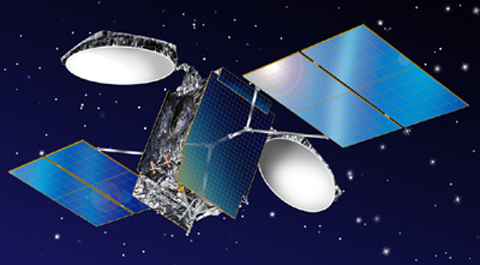
According to Article 9 of the Circular No. 03/2020/TT-BTNMT of the Ministry of Natural Resources and Environment of Vietnam, 3 satellite signal receptor of national satellite navigation stations are specified as follows:
1. Antenna receiving satellite signals
Antenna receiving satellite signals shall be installed on top of the base section via the antenna mount, returned to flat surface; the antenna must face true north with deviation no more than ±5o, if exceeding 5o, record the specific value in the diary antennas must meet 05 following basic requirements:
- Use antennas with choke rings, capable of receiving all signals (frequencies) available from satellite navigation systems at the time of installation such as: GPS, GLONASS, GALILEO, BDS, QZSS; encourage using antennas capable of receiving signals that are not transmitted by only planned to be transmitted from aforementioned satellite navigation systems or new satellite navigation systems such as the IRNSS;
- Antenna’s name must be included in list of antenna whose phase center receives absolute calibration by the IGS;
- Antennas must endure humidity up to 100 %; dust and water resistance standards must be at least IP67 according to standards of the International Electrotechnical Committee (IEC);
- Antennas must be able to operate in temperature ranging from -10oC +70oC;
- Base continuous operating reference stations must use antennas with choke rings made from Dorne-Margolin materials which are recommended for other stations;
- Only use hemispherical protective covering for antennas, do not use conical protective covering;
- Do not disassemble the antennas when the stations have initiated operation unless repair is required due to hardware damage.
2. Satellite signal receivers
Satellite signal receivers must be placed in dry and spacious areas and ensured continuous operation. Receivers must meet following basic requirements:
- Capable of receiving all available signals from satellite navigation systems at the time of installation such as: GPS, GLONASS, GALILEO, BDS, QZSS;
- Have no less than 555 channels, at least 12 of which must be assigned to each frequency from ach aforementioned satellite navigation systems;
- Capable of searching and receiving signals from satellites in mask angle of <10o and eliminating multipath interference;
- Capable of receiving signals with data sampling of 1 second or less, extracting data via current versions of RTCM such as 2.x/3.x, extracting data via CRM, CMR+, NMEA-0183, etc. and supporting Ntrip, TCP/IP and FTP;
- Have at least 2 power supply, support connecting directly with meteorology sensors and inclinometer;
- Have all basic ports such as RJ-45, USB, 3G/4G/5G, RS-232;
- Dust and water resistance standards must be at least IP67 according to standards of the International Electrotechnical Committee (IEC);
- Capable of operating in temperature ranging from -10oC +65oC;
- Internal memory can store data for at least 60 days; support attachment of extended memory;
- Signal cable from receivers to antennas must not exceed 70 meters. If necessary, measure and assess signal quality prior to official installation. With respect to areas with high lightning density, set the distance from the receivers to antennas as short as possible;
- Connection between antennas and receivers must be placed in industrial PVC or HDPE pipes and buried underground level, if necessary, may design exposed transmission with firm shelves and do not leave the lines too tensed. Whichever end connects to the antenna must be watertight, especially when installed in coastal areas to prevent corrosion and rust;
- Receivers are installed to receive signal 24 hours continuously from all visible satellite with data sampling of 1 second; mask angle in receivers is 0o;
3. Other auxiliary equipment
Receivers of satellite navigation signal and other auxiliary equipment must be placed in equipment cabinet with ventilation fans that are automatically turned on/off via thermo sensor relays to reduce temperature in the cabinet.
Note: The equipment cabinet must be placed indoors, in special cases in which distance from rooms to base section of the antennas is too great or no more space for placement in the rooms, the cabinet may be placed outdoors. With respect to areas with unfavorable weather conditions, namely high temperature, high annual precipitation or poor security, when placing equipment cabinet outdoors, construct buildings to ensure safety of the cabinet.
View more details at the Circular No. 03/2020/TT-BTNMT of the Ministry of Natural Resources and Environment of Vietnam, effective from July 15, 2020.
Ty Na
- Key word:
- Circular No. 03/2020/TT-BTNMT
- Number of deputy directors of departments in Vietnam in accordance with Decree 45/2025/ND-CP
- Cases ineligible for pardon in Vietnam in 2025
- Decree 50/2025 amending Decree 151/2017 on the management of public assets in Vietnam
- Circular 07/2025 amending Circular 02/2022 on the Law on Environmental Protection in Vietnam
- Adjustment to the organizational structure of the Ministry of Health of Vietnam: Certain agencies are no longer listed in the organizational structure
- Vietnam aims to welcome 22-23 million international tourists in Vietnam in 2025
-
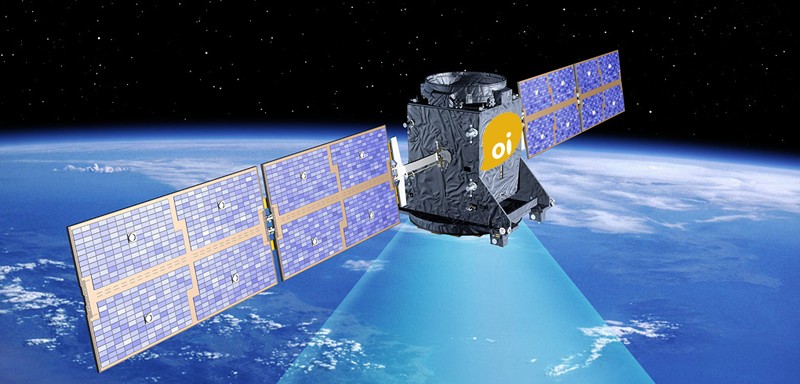
- Vietnam: Regulation on overall design of national ...
- 12:04, 01/08/2020
-
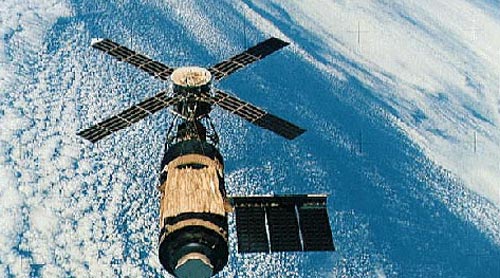
- Vietnam: Survey and selection of location of national ...
- 11:50, 01/08/2020
-
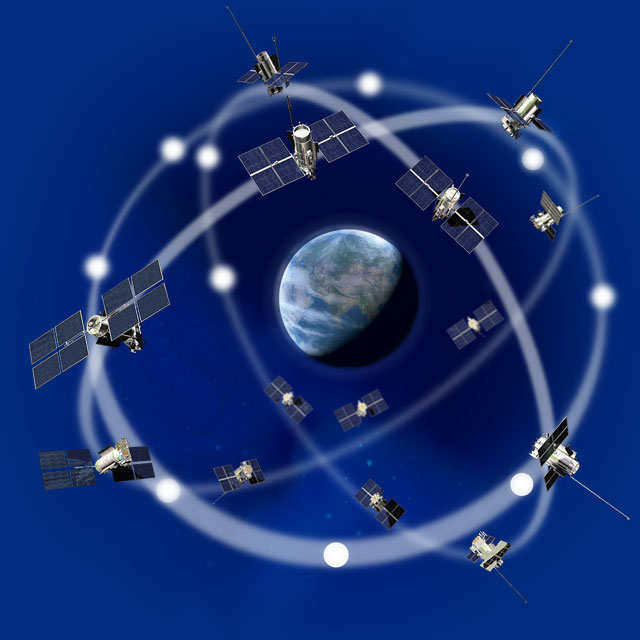
- Circular 03: Data transmission solution of national ...
- 11:03, 01/08/2020
-
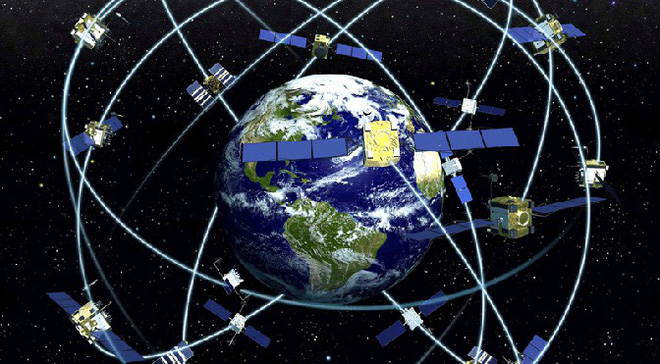
- Vietnam: Calibration in national satellite navigation ...
- 10:50, 01/08/2020
-
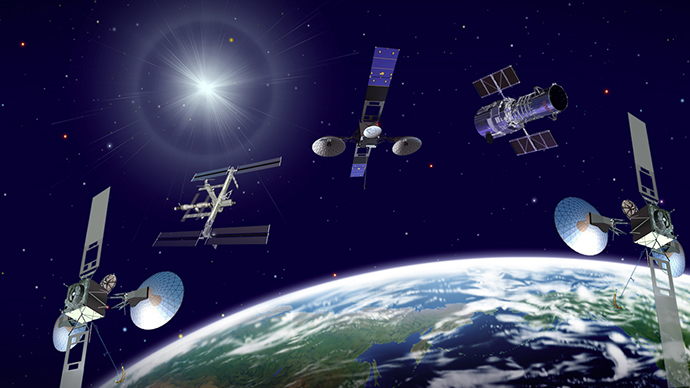
- Vietnam: 04 services provided by national satellite ...
- 10:35, 01/08/2020
-

- Notable new policies of Vietnam effective as of ...
- 16:26, 11/04/2025
-
.Medium.png)
- Notable documents of Vietnam in the previous week ...
- 16:21, 11/04/2025
-
.Medium.png)
- Notable documents of Vietnam in the previous week ...
- 16:11, 02/04/2025
-
.Medium.png)
- Notable new policies of Vietnam to be effective ...
- 16:04, 02/04/2025
-
.Medium.png)
- Notable new policies of Vietnam effective from ...
- 14:51, 21/03/2025
 Article table of contents
Article table of contents
